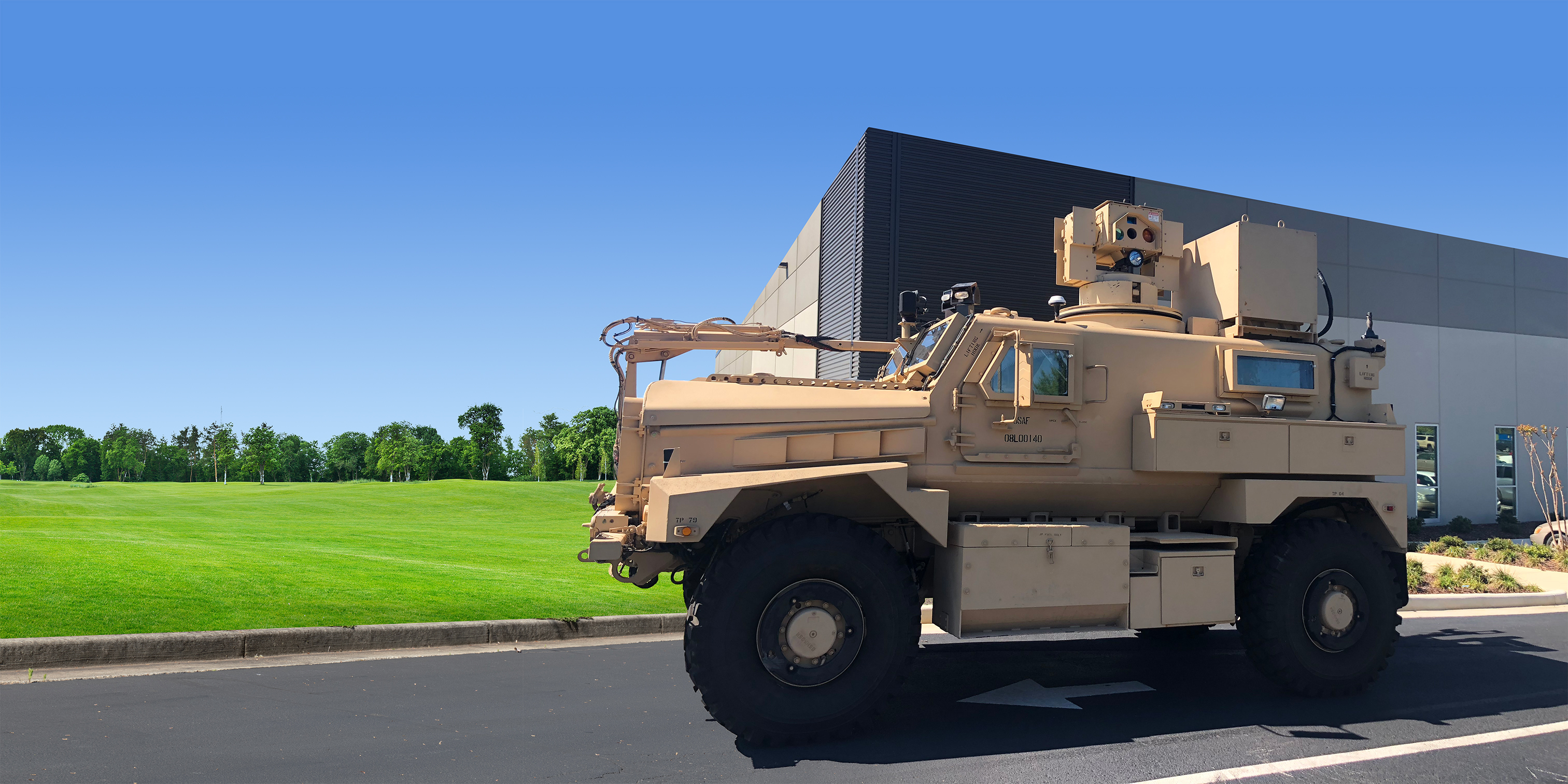
Within our Federal Defense Market, prototyping is a highly active innovation effort for many customers and their missions. Prototyping is generally defined as an activity that involves developing or building a preliminary model of some capability, the results of which form the basis for other derivations to be developed and produced. Our customers value the role of our innovative prototyping for many important reasons.
Generally, a prototype developed is used to evaluate technical and manufacturing capability or basic military use value as a form of defense acquisition strategy exploration. Specifically, prototypes are used by our customers to help them in technology development, manufacturability and/or platform integration risk reductions, and/or requirements development refinement (i.e., help them better understand what they really need to deliver to the operational user).
The inherent value of prototypes is fundamental toward driving realism into our customers’ program or project assumptions of performance, cost, and schedule baselines; major elements that help them bound what they need to ultimately do and perform in support of the Warfighter and as promised to DoD Leadership, the Congress, and us as Taxpayers. In short: prototyping plays an enormous role for our customers in many different forms. Our prototypes are intrinsically linked to critical warfighting capability outcomes for our DoD customers.
Historically, the use of prototypes in DoD is not anything new. Across the sweep of time and military Service, prototypes have played strategic roles in developing new capabilities. For perspective, here are some interesting examples:
- Navy: In 1775, American Patriot David Bushnell built the world’s first submersible craft called the Turtle, a one-man controlled craft designed to emplace explosives onto the hulls of British warships anchored in the harbor. While not directly successful in this exact prescribed mission, the basic technology principles derived from the Turtle prototypes (buoyancy control, steering) eventually beget an entirely new mission area for the Navy, which endures in strategic importance today – undersea warfare. An early prototype eventually drove new missions.
- Army: In 1958, the Redstone Rocket entered service as the first short-range ballistic missile, the earlier foundational prototype designs of which stemmed directly from the propulsion, warhead, and crude guidance technology of the infamous WW II German V-2 rocket. The Redstone and all other rocket prototypes that followed enabled the Army to significantly redefine its force projection reach as the land power component of U.S. forces – and eventually created the Space Program. A prototype drove new operational tactics and markets.
- Air Force: In 1977 first flight was conducted of the Have Blue, a pioneering prototype experimental jet aircraft that was optimized not for aerodynamics but instead for radar cross-section reduction. The success of Have Blue prototype with faceted, angular radar deflection panels was instrumental in reducing technology risk for the Air Force’s F-117A Nighawk, our nation’s first operational stealth aircraft. Realizing the groundbreaking capabilities of “stealth,” a whole host of other technologies (e.g., radar absorbing materials, advanced flight controls) resulted from this initial design. A prototype birthed new technologies.
Military history is rich with such examples of pioneering, innovative prototypes, all of which have their own specific contributions to enabling technologies, expanded operational utilities, and new mission sets.
Integral to supporting our DoD customers, we have and will continue to play contributions into the valuable role of innovative prototyping. One great example of our contribution is the our product ZEUS™ Laser system. The ZEUS™ directed energy system provides precision standoff neutralization of surface mines, unexploded ordnance (UXO), and improvised explosive devices (IEDs).
ZEUS™ prototypes were deployed to Iraq and Afghanistan to conduct feasibility studies and early operational user assessments for route clearance and IED neutralization missions. The system achieves neutralization by focusing a laser on the outer casing of a target munition. This heats the explosive filler until ignition, resulting in rapid combustion or deflagration of the explosive material, thus neutralizing the target munition, independent of the type of fusing used. The resulting low-order explosion minimizes collateral damage and protects explosive ordnance disposal personnel and equipment.
The major success of our ZEUS™ laser prototype established an Air Force production program called RADBO (Recovery of Airbase Denied by Ordinance); an enabling technology that is forcing a significant shift in operational tactics and technology for the military’s Explosive Ordnance Disposal (EOD) community – safe threat neutralization at a standoff. We are currently building the first initial production units with initial deliveries slated for early Fall 2022.
Our ZEUS™ laser is only one of many examples of innovative prototyping projects. As the company continues to develop advanced technology efforts like directed energy systems, small data smart firearms, and advanced sensor perimeter protection systems, among other prototyping activities, our DoD customers directly benefit from advancing their missions and objectives. We help keep our nation at the technology forefront, tipping away from the competitive military edge from our adversaries, helping to secure and support our national security objectives.